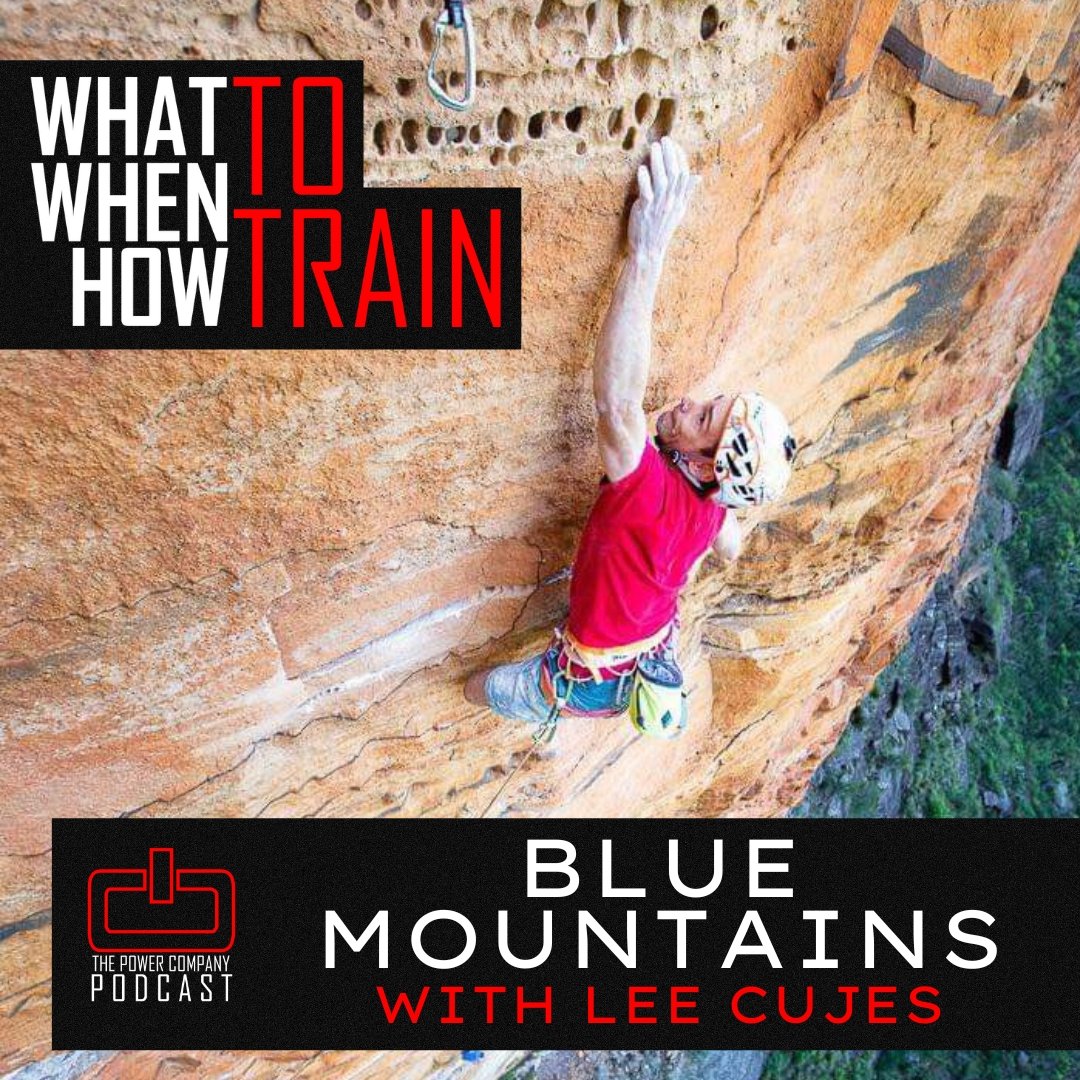The High/Low Approach
Tomorrow is the official first day of my autumn season. I've got high hopes and big goals that I'll be working toward, and the lead up to this point has been a little bit nerve-wracking. Reason is, I've completely scrapped the old model of periodization training that I've followed for the last several years in favor of something new. There is no question that making changes in the way you train is a positive thing. However, when you're so close to a long term goal, it's hard to fully commit to such a big change. So why not try to eke out the goal and THEN make the big switch? Well, to put it simply, after many hours of research, I was a believer.
Don't get me wrong, I'm in no way saying that periodization is wrong. In fact, of the 26 or so training programs I wrote for climbers this season, only 3 or 4 break from the traditional model. This new (to me) approach, known as High/Low Training, misses out on some important skills that a climbing athlete needs to have in their arsenal. Once a climber has those skills, though, I believe that the High/Low approach may very well be the most efficient path to continued progression.

High/Low athlete Ben Johnson. Yes, he was juicing. So were the guys behind him.
So What Is High/Low?
High Intensity/Low Intensity. The theory here, first developed by legendary Canadian sprint coach Charlie Francis, is that working in the realm of "middle" intensity leaves an athlete in a bad spot. The work is too light to be specific to the training objective, and too heavy to recover from in 24 hours. Therefore, any work that is deemed to be middle intensity is cut from the schedule. This setup allows for plenty of recovery time between high intensity workouts and includes low intensity work that is far too often deleted from a climber's training program. Let's take a look at each individual component:
High
High intensity work is defined as working between 95% and 100% of your maximum effort. The fatigue, and consequently, the adaptations, that occur in this zone happen largely in the central nervous system, with little muscular damage. In turn, you stand to reap the benefits of enhanced muscle fiber recruitment and power development. When the CNS is fatigued to this point, a minimum of 48 hours recovery is needed.
For climbers, high intensity work could include:
Short, intense hangboard workouts
Short, intense campus workouts
Max or threshold bouldering
Short, intense system boarding
Middle
Middle intensity work occurs in the zone between 76% and 94% of maximum effort. As I already mentioned, this work is too easy to really promote strength gains, but too hard to recover from in 24 hours. If you look around your gym, this is the zone that most people are working in, which is why someone can come into the gym for years, always appear to be working hard, and never make any significant progress.
For climbers, middle intensity work includes:
Short term route projecting
2+ hour bouldering sessions
4x4's, and all their cousins
Long hangboard, campus, and system board workouts
Low
It's almost a shame, but low intensity work is often completely omitted from a climber's normal routine not long after getting "better". Low intensity is defined as any work done at 75% effort or below. It can be used to promote recovery, while at the same time increasing the capillary density of the forearms, thereby increasing your endurance. Also, and possibly most importantly, is that when you aren't experiencing fatigue, you're given the perfect opportunity to improve upon skills and techniques.
For climbers, low intensity work might include:
Technique and skill drills
ARC training
High volume movement training
Mobility and flexibility exercises
Low level cardio
I don't know if you've noticed, but this whole 'training for climbing' thing is not only complex, but still somewhat nebulous. We don't have specific times and weights to measure ourselves against, only grades that are themselves flawed and unprecise. Because of the nature of our subjective grading system, we must often go on "feel" when judging the effectiveness of our training programs.
More on the High/Low Approach later, as I learn more about how my summer plan is proving itself in the outdoor arena. Right now I "feel" stronger than ever. I "feel" more rested and ready to perform. Tomorrow is the first day of proving those feelings. I'll let you know how it goes.

About to run a sport route. Tomorrow is Day 1.













Part three from Nate: training in December and January, how I spent my time in Hueco to keep preparing myself for sport climbing, and what I’m doing from here.